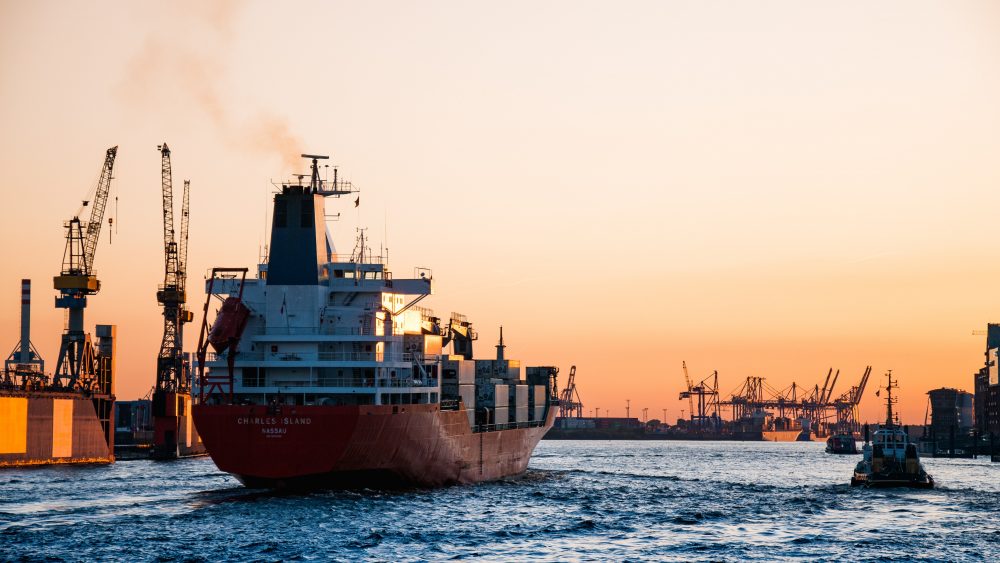What is IoT technology?
The acronym IoT stands for Internet Of Things, a concept that we hear more and more frequently in various environments. Specifically, this term refers to “connected things that are equipped with sensors, software, and other technologies that allow them to transmit and receive data”. Examples of devices with this technology include smart light bulbs, a mouse, an autonomous car, or even a washing machine that can be controlled by an APP.
How does it work?
With the information that these devices collect, they help us to automate actions and decisions that may occur in the future. For this to be carried out, a 4-stage process must take place.
- Data capture: the sensors that IoT devices have, capture a series of data offered from the environment they are in.
- Share the data: through network connections, the devices send the collected data to a public or private cloud system (establishing a device-system-device connection), or to another device (generating a device-device connection) or directly stored on a local hard drive.
- Data processing: inside the device, there is software programmed to execute an action based on the collected data (it all depends on the device and the function it is programmed to execute).
- Action based on the data: based on the collected data the devices establish an IoT network. This information is crucial for creating a strategy, actions, and decisions in the future based on reliable information.
How does this fit into port management?
IoT technology is used to ensure efficiency and security in maritime transport and international trade. As it has advanced, it has provided new opportunities to improve and optimize port processes.
Advantages
- Optimization of operations: The collection and exchange of data provided by these devices allow port managers to monitor and control operational aspects such as container tracking, vessel traffic control, logistics management, and equipment maintenance. By optimizing these processes, greater efficiency is achieved and waiting times and operational costs are reduced.
- Improved security: Sensors in connected devices in ports enable constant monitoring of port areas and early detection of potential incidents or threats. This includes security monitoring and surveillance of facilities, access control, fire detection, and environmental risk management. Rapid and automated response to emergencies significantly improves safety and security and protects both workers and cargo.
- Asset and maintenance management: This technology provides visibility into the status and location of port assets. Sensors embedded in equipment and infrastructure can collect data on performance, energy consumption, environmental conditions, and wear and tear. This information enables proactive asset management and predictive maintenance planning, helping to avoid unexpected failures, reduce downtime and optimize resources.
As we have seen, the implementation of IoT technology plays a crucial role in port management. It presents several advantages, such as optimization of operations, improved security and safety, and asset and maintenance management. It can also present some challenges, such as scalability and complexity, cyber security, and technological obsolescence. While overcoming these challenges can be a cumbersome task, IoT has the potential to transform port management, improving the efficiency, safety, and sustainability of ports around the world.




Comments are closed.